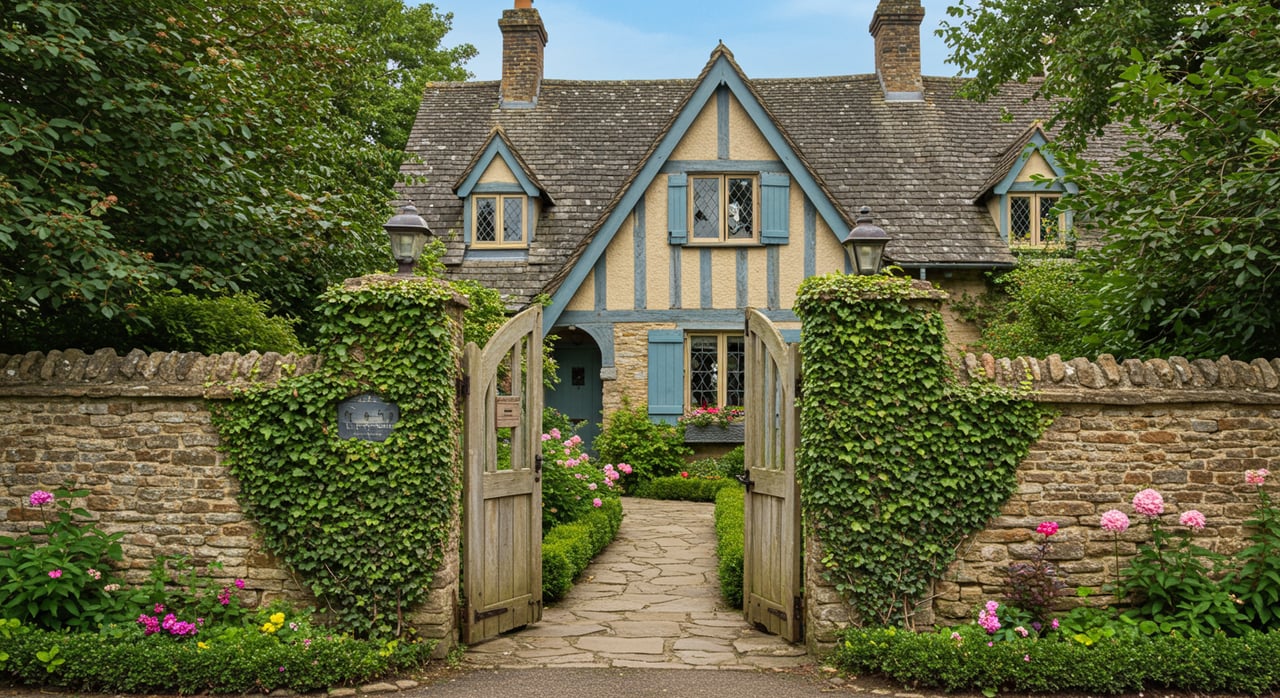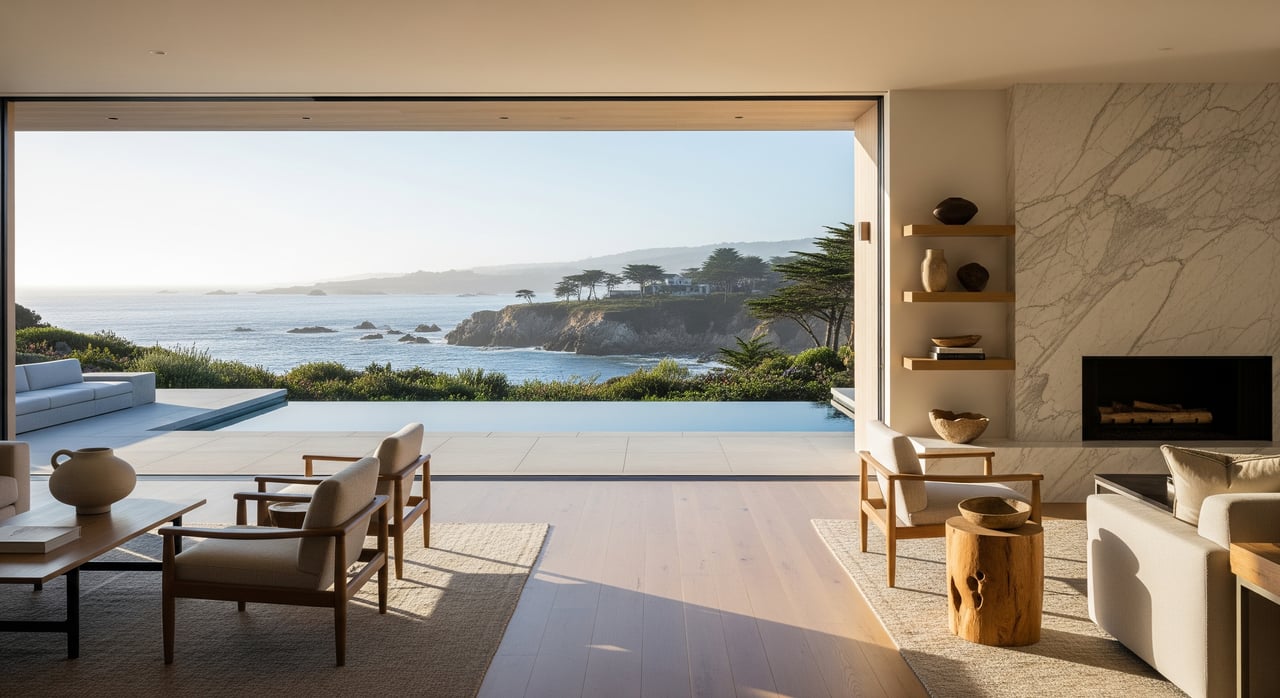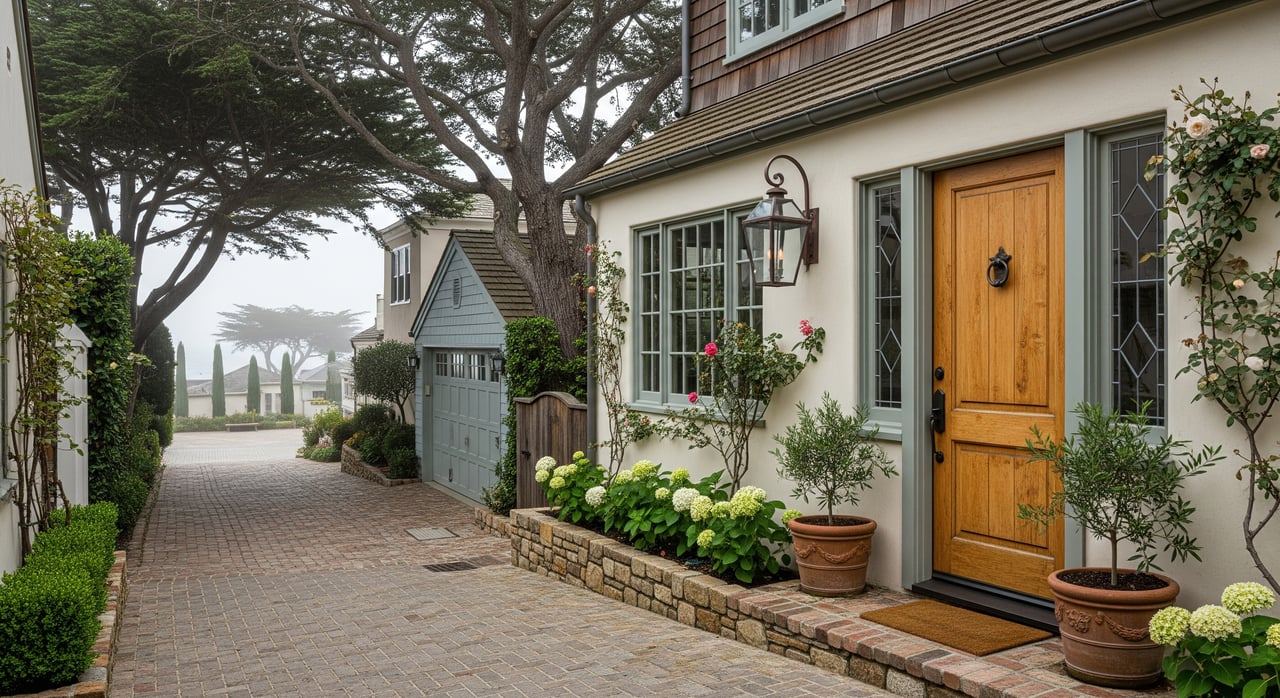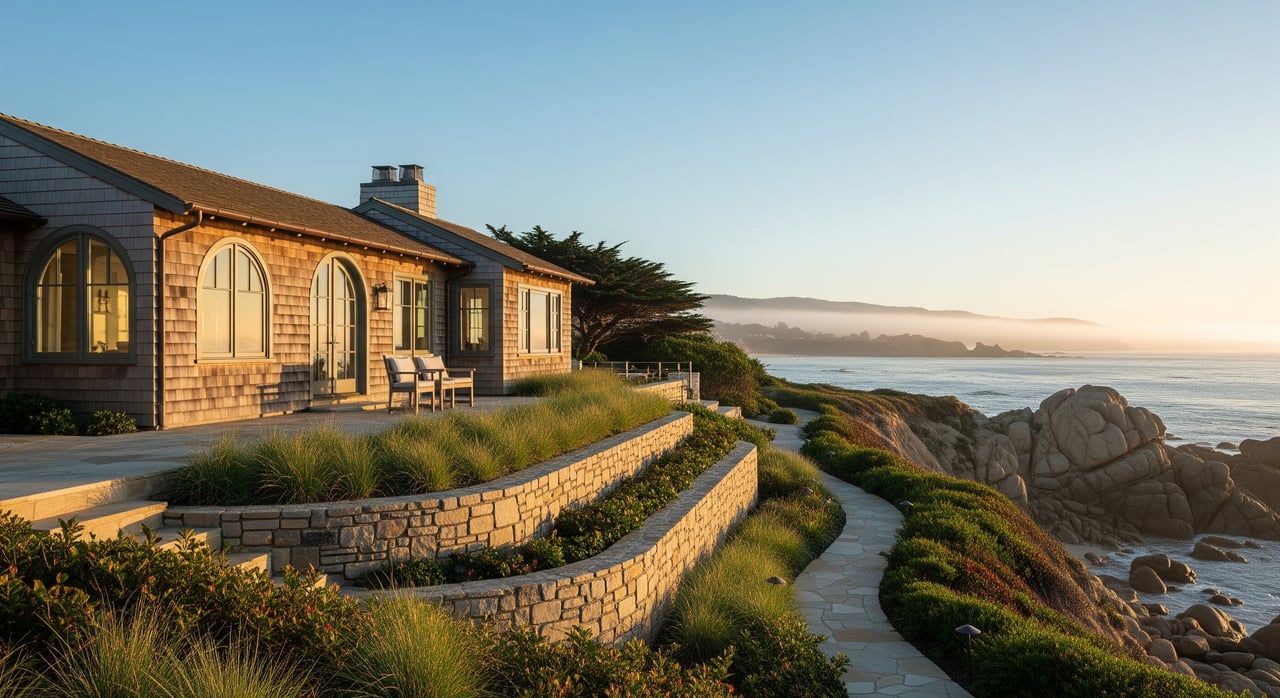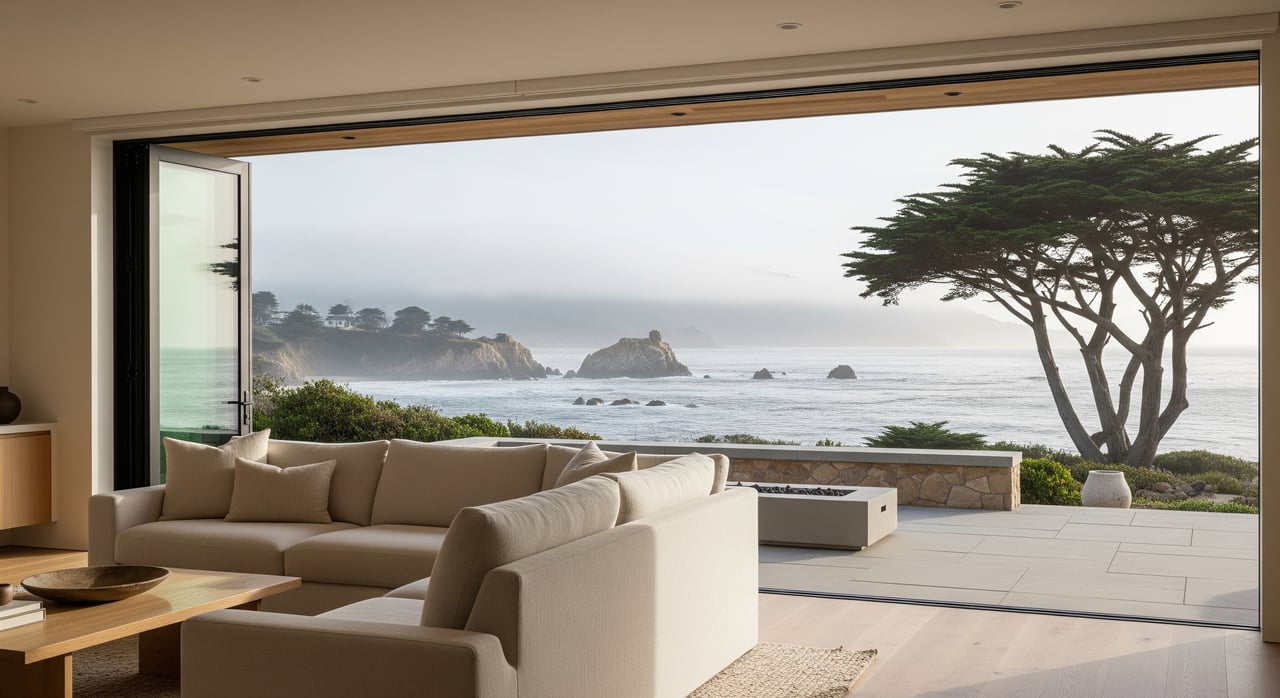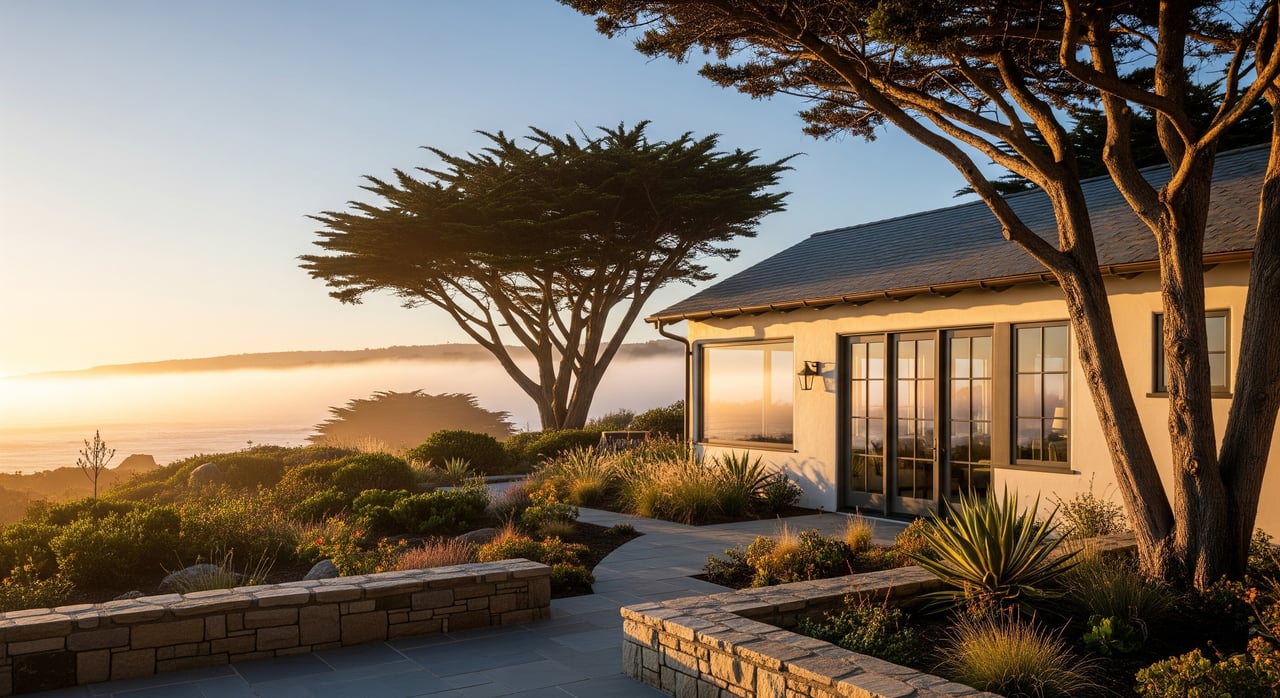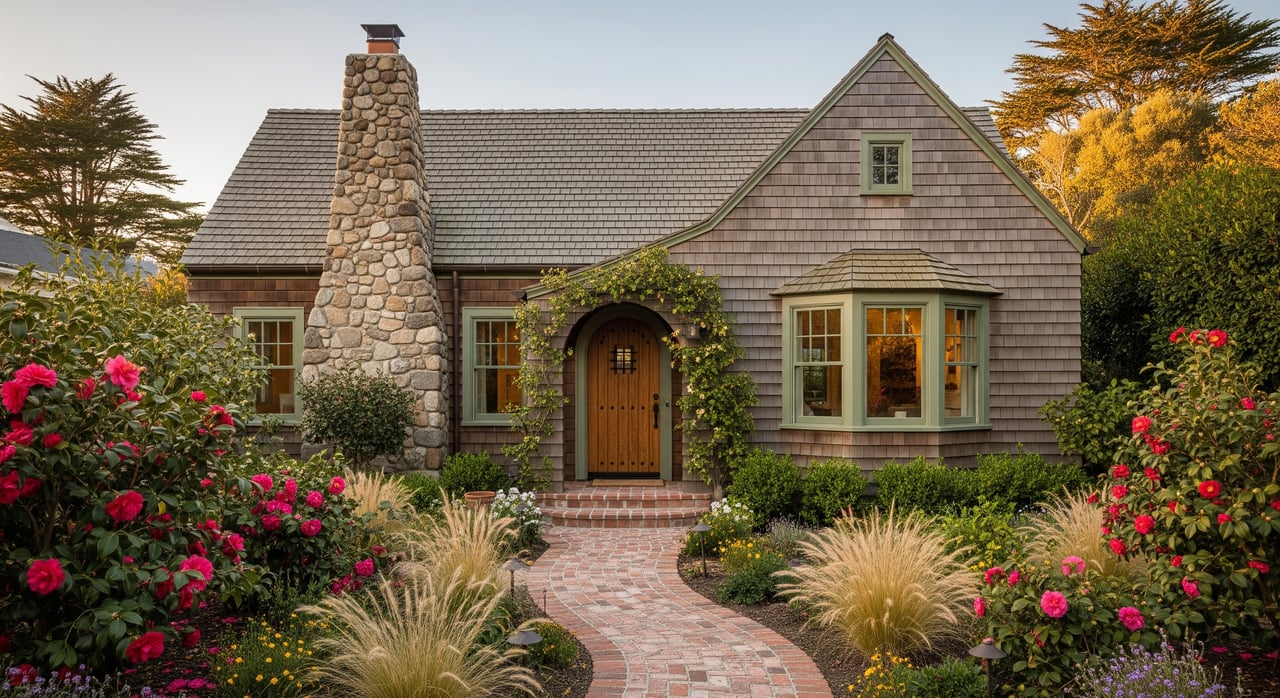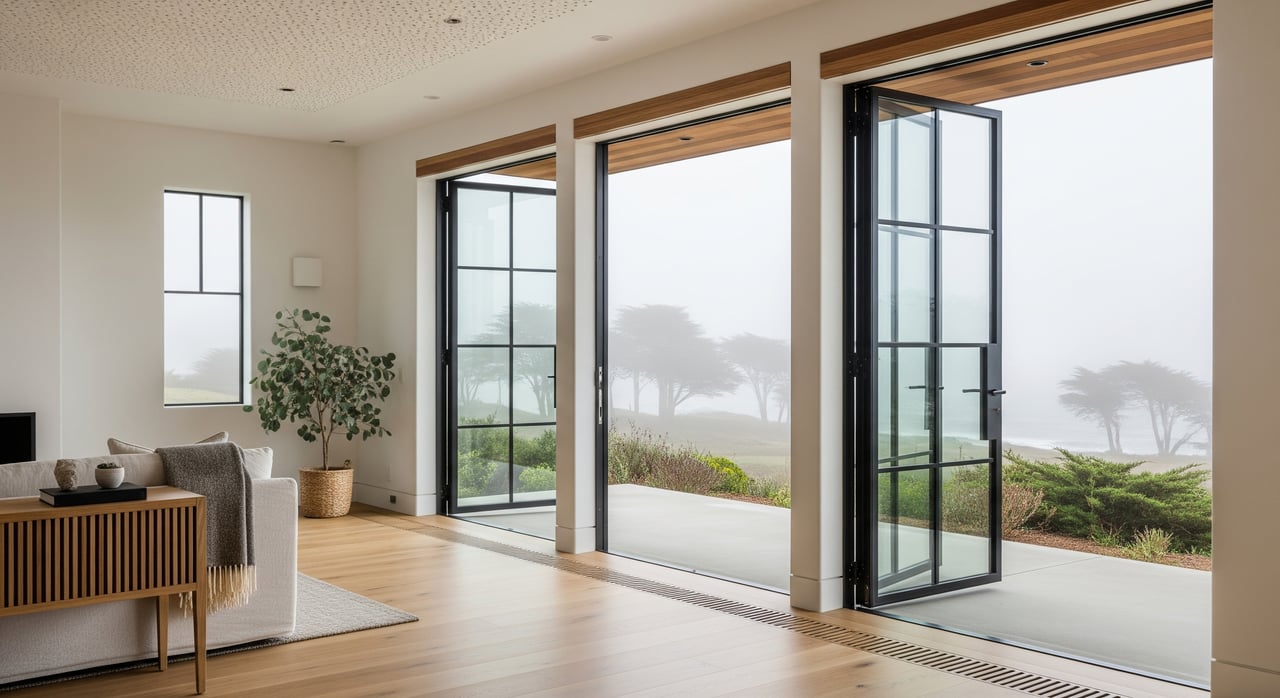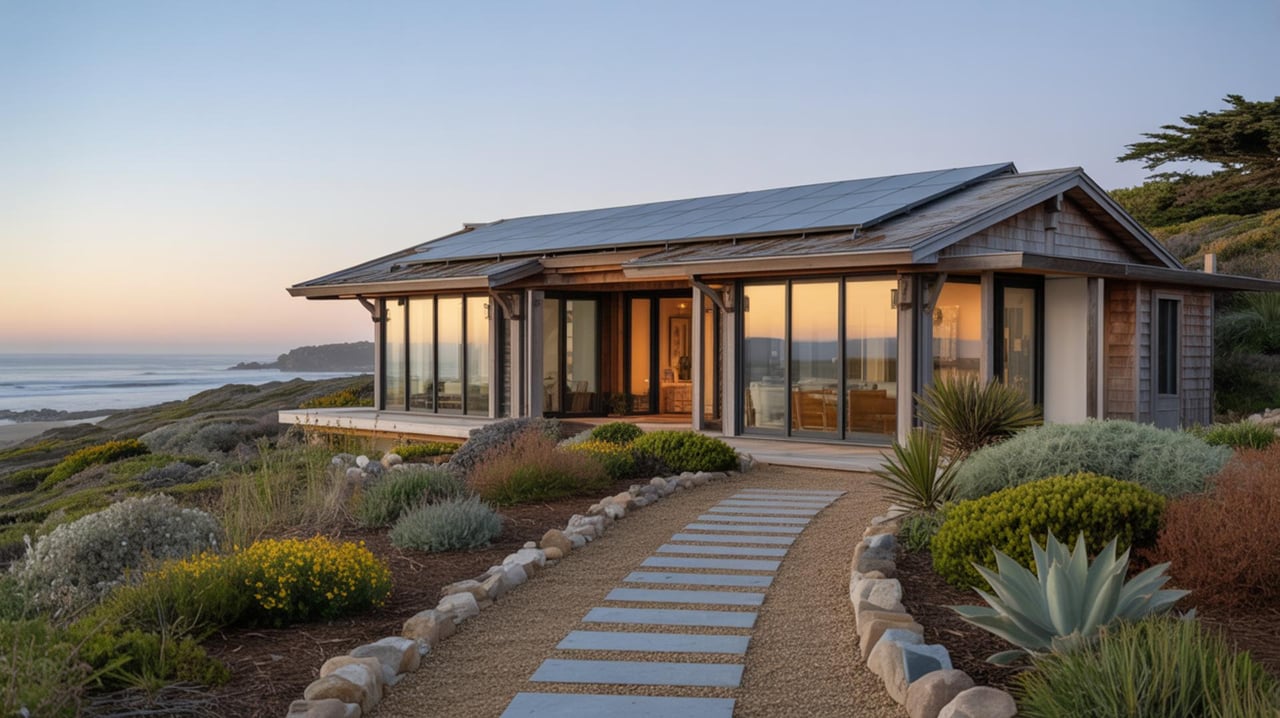Nestled along California’s picturesque coastline, Carmel-by-the-Sea is a haven for architectural enthusiasts. This small but vibrant town is known for its eclectic mix of styles, from historic missions to whimsical fairy-tale cottages. Each landmark tells a story, reflecting the artistic spirit and rich history that make
Carmel, CA, architecture so distinctive. Whether you’re an admirer of historic buildings or modernist masterpieces, Carmel offers a wealth of architectural treasures to explore.
Carmel Mission Basilica Museum
The Carmel Mission Basilica Museum, also known as Mission San Carlos Borromeo de Carmelo, is one of California's most historically significant buildings. Founded in 1771 by Father Junípero Serra, the mission is a stunning example of Spanish colonial architecture. The basilica’s adobe walls, clay-tile roof, and bell tower are characteristic of the mission style, designed to be both functional and spiritually uplifting.
The structure’s design reflects the practical needs of the mission era while also incorporating artistic elements that speak to its religious purpose. The basilica features a beautifully ornate wooden ceiling, hand-carved from local redwood and intricately detailed with Moorish-inspired designs. The stone facade adds to the sense of reverence that permeates the site. The Carmel Mission Basilica Museum remains a living monument to the area’s Spanish heritage, offering visitors a glimpse into the past through its well-preserved architecture and historical exhibits.
Tor House
Perched on the rugged coastline of Carmel, Tor House is a testament to the intimate relationship between architecture and nature. Built by poet Robinson Jeffers between 1918 and 1925, this stone cottage and its adjoining tower, Hawk Tower, were constructed using local granite, hand-hewn by Jeffers himself. The architecture of Tor House is deeply influenced by the natural surroundings, with its stone walls blending seamlessly into the rocky landscape.
The design of Tor House is both simple and profound, reflecting Jeffers’ love for the natural world and his desire to create a structure that would stand the test of time. The rough-hewn stone walls, small-paned windows, and dark wood beams give the house a medieval quality, while the interior’s cozy fireplaces and rustic furnishings evoke a sense of warmth and refuge. Hawk Tower, a stone structure with narrow, winding stairs, offers panoramic views of the Pacific Ocean and serves as a symbol of Jeffers’ solitary, contemplative nature. Tor House is more than just a building; it is a work of art that captures the spirit of its creator and the rugged beauty of the Carmel coast.
The Fairy-Tale Cottages
Carmel-by-the-Sea is renowned for its fairy-tale cottages, a series of whimsical homes that look as though they’ve been plucked from the pages of a storybook. These cottages, designed by self-taught architect Hugh Comstock in the 1920s, have become iconic symbols of Carmel, influencing the town’s architectural style and cultural identity.
Comstock’s first creation, a cottage named “Hansel,” was built in 1924 to house his wife’s doll collection. The cottage’s rustic, uneven finish, steeply pitched roof, and asymmetrical windows quickly captured the imagination of Carmel’s artistic community. Soon, other residents commissioned Comstock to build their own storybook homes. Each of these cottages has its own unique characteristics, from recessed windows to quaint, rounded doors that evoke a sense of charm and whimsy.
Today, there are 21 original Comstock cottages in Carmel, with many located in the Hugh Comstock Historical Hill District. These cottages are celebrated not just for their aesthetic appeal but for the way they embody the creative, bohemian spirit that has long defined Carmel. Walking through the town’s narrow, tree-lined streets, one can easily see how these enchanting homes have helped shape the architectural landscape of Carmel, making it a place where art and architecture coexist in perfect harmony.
Clinton Walker House
The Clinton Walker House, also known as the “Cabin on the Rocks,” is one of Frank Lloyd Wright’s most stunning architectural achievements. Designed in 1948 and completed in 1952, this house is the only Wright-designed residence built directly on the ocean. The house’s location on the rocky shoreline of Carmel Bay provides breathtaking views of the Pacific Ocean, and Wright’s design takes full advantage of this dramatic setting.
Wright envisioned the house as a ship’s bow cutting through the water, and this nautical inspiration is evident in the building’s design. The house features a hexagonal floor plan, with the living room extending out towards the ocean, creating the illusion of being on a ship at sea. The use of natural materials, such as locally quarried stone and Wright’s signature Cherokee Red-painted window frames, further integrate the house with its surroundings.
The interior of the Clinton Walker House is just as impressive, with a central stone fireplace anchoring the open living and dining area. The house’s built-in furniture and floor-to-ceiling windows reflect Wright’s philosophy of organic architecture, where the property’s design is in harmony with the natural environment. And while the Clinton Walker House was privately sold in 2023 for a whopping 22 million, this masterpiece of mid-century modern architecture will continue to be a testament to Wright’s invaluable skills.
The Architecture of Homes in Carmel, CA
Carmel, CA, is known for its diverse architectural styles, each reflecting the town’s rich cultural heritage and artistic spirit. Spanish Revival homes are standard here, with red-tile roofs, stucco walls, and arched doorways evoking the region’s Spanish colonial past. These homes often feature lush courtyards, wrought-iron details, and hand-painted tiles, creating an atmosphere of old-world charm and elegance.
In contrast, mid-century modern homes in Carmel offer a more minimalist aesthetic, with clean lines, open floor plans, and large windows that frame the stunning natural surroundings. At the same time, Craftsman-style homes are also a staple of Carmel’s architectural landscape. These homes often feature exposed wooden beams, stone fireplaces, and built-in cabinetry, reflecting the craftsmanship and attention to detail that define the Arts and Crafts movement.
Explore the Architectural Treasures of Carmel, CA, with Expert Guidance
Buying a home in Carmel? The area’s architectural diversity and rich history make it an ideal place to invest in real estate. Whether you’re looking for a historic Spanish Revival home, a modernist masterpiece, or a charming fairy-tale cottage,
The Profeta Team will ensure you find the home of your dreams. To explore Carmel homes for sale and learn more about the market, contact The Profeta Team today.
*Header image courtesy of The Profeta Team